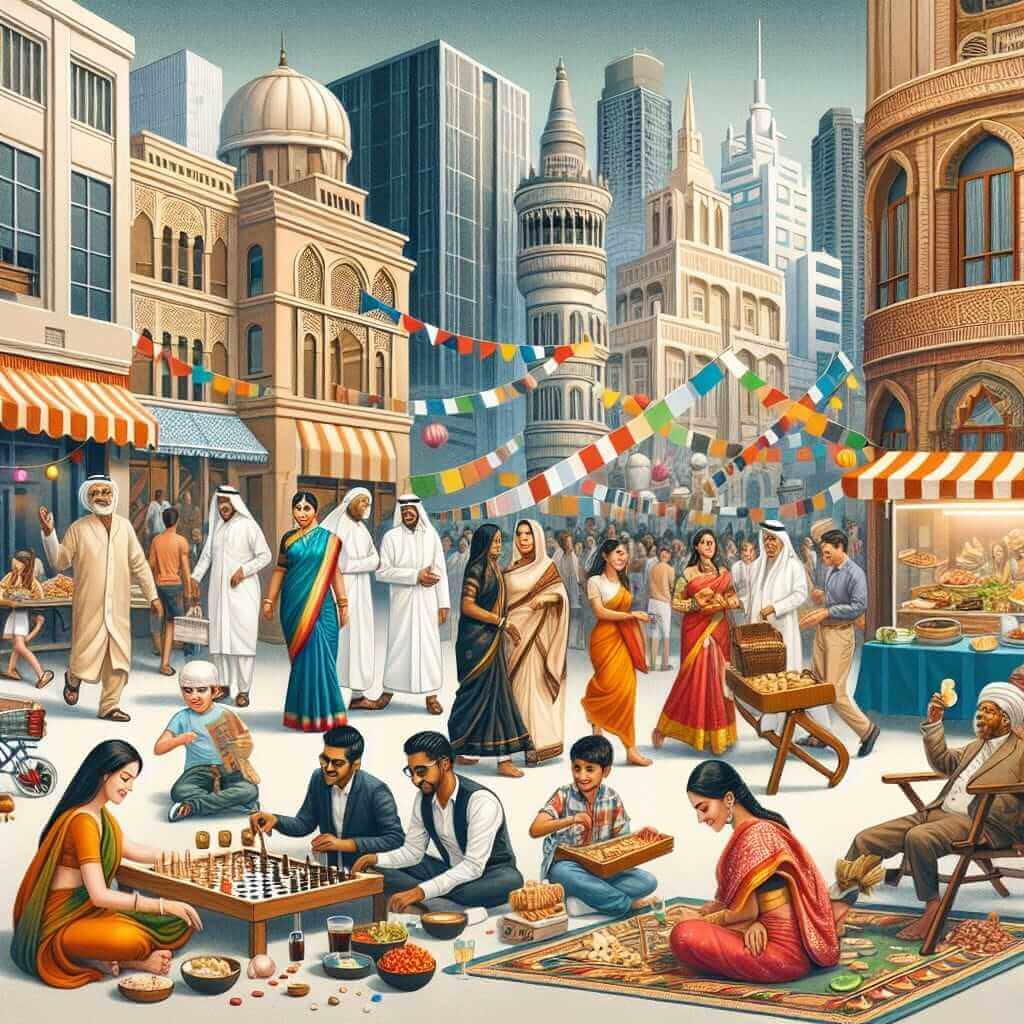The IELTS Reading section is a crucial part of the exam, testing your ability to comprehend and analyze various texts in English. One prominent topic in past IELTS exams has been cultural studies, often including complex subjects like urbanization and its impact on cultural identity. Given the increasing rate of urbanization globally, this is a timely and pertinent subject that could very well appear in your exam. This article will provide you with an IELTS Reading practice on the topic “How Does Urbanization Influence Cultural Identity?”
Understanding the IELTS Reading Section
The IELTS Reading section consists of 40 questions that need to be answered within 60 minutes. The passages can vary in difficulty, ranging from easy to hard, and come with a variety of question types including multiple choice, sentence completion, and matching headings.
Reading Passage: Urbanization and Cultural Identity
Passage
Urbanization is one of the most significant phenomena of the modern age, bringing profound changes to social structures and individual lives. As cities expand and rural populations migrate to urban areas, cultural identities are often reshaped or even jeopardized. This text explores how urbanization influences cultural identity across various contexts.
Firstly, urbanization results in the homogenization of cultures. Traditional customs, languages, and practices may erode as people adopt new lifestyles centered around city norms. This often leads to a loss of unique cultural traits and an adoption of a more globalized culture. For instance, in urban settings, traditional attire may be replaced by western clothing, and local languages might be supplanted by more widely spoken languages like English.
Secondly, the sheer diversity within urban environments can create a melting pot of cultures. This amalgamation introduces people to different traditions and practices, fostering a more inclusive form of cultural identity. Urban dwellers often celebrate multiple festivals, cuisines, and art forms, enriching their cultural experience.
However, the transition is not without challenges. Many individuals struggle with cultural displacement, feeling isolated in urban environments that do not reflect their heritage. As a result, there is a growing movement to preserve cultural identity even within cities. Cultural centers, festivals, and organizations dedicated to maintaining traditional practices are increasingly commonplace, serving as beacons of cultural continuity.
In conclusion, while urbanization can dilute traditional cultural identities, it also offers unique opportunities for cultural exchange and enrichment. The impact of urbanization on cultural identity is multifaceted, influenced by the degree of integration and the proactive efforts of communities to maintain their cultural heritage.
Questions
Multiple Choice
-
What is one significant effect of urbanization on cultural identity?
a) Preservation of all traditional practices
b) Homogenization of cultures
c) Complete isolation of rural communities
d) Decrease in urban migration -
How does urbanization impact languages in urban areas?
a) Traditional languages flourish
b) New languages are created
c) Local languages might be supplanted by widely spoken languages
d) People stop communicating altogether
True/False/Not Given
- Urbanization always leads to a loss of cultural identity.
- Cultural centers in urban areas help preserve traditional practices.
- Urban dwellers do not celebrate traditional festivals.
Answer Key and Explanations
Multiple Choice Answers
-
b) Homogenization of cultures
- The passage states that urbanization leads to the erosion of traditional customs and the adoption of more globalized cultures.
-
c) Local languages might be supplanted by widely spoken languages
- The passage indicates that local languages may be replaced by more widely spoken languages like English.
True/False/Not Given Answers
-
False
- The passage suggests that while urbanization can dilute cultural identities, it also fosters cultural exchange.
-
True
- The passage mentions cultural centers and organizations dedicated to preserving traditional practices in urban areas.
-
Not Given
- The passage does not specifically state that urban dwellers do not celebrate traditional festivals, but indicates they often celebrate multiple festivals.
Common Mistakes and Tips
- Misunderstanding the Question Requirements: Students often misinterpret the question. Always read the questions carefully.
- Time Management: Allocate your time wisely. Spend no more than 20 minutes on each passage.
- Keyword Strategy: Look for keywords in the question that match words in the text.
Vocabulary
- Homogenization (noun) [həˌmɒdʒənaɪˈzeɪʃən]: the process of making things uniform or similar.
- Amalgamation (noun) [əˌmælɡəˈmeɪʃən]: the action, process, or result of combining or uniting.
- Displacement (noun) [dɪsˈpleɪsmənt]: the moving of something from its place or position.
Grammar
One grammatical point in the passage worth noting is the usage of “as” to show cause and effect:
- Example: “As cities expand and rural populations migrate to urban areas, cultural identities are often reshaped or even jeopardized.”
- Usage: “As” is used to show what happens as a result of another action. It is often followed by a clause that provides the consequence of the preceding action.
Expert Advice
- Practice Regularly: Consistent practice can help you become more familiar with different text types and question formats.
- Read Widely: Enhance your reading skills by exploring various genres and subjects.
- Review Mistakes: Always review your mistakes to understand where you went wrong and how to avoid similar errors in future tests.

By following these steps and tips, you should be well-prepared for tackling the Reading section in your IELTS exam, especially on topics related to urbanization and cultural identity. Good luck!